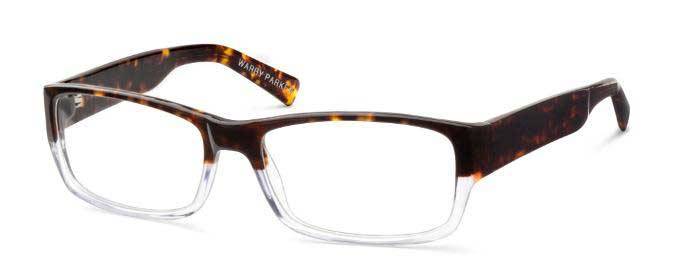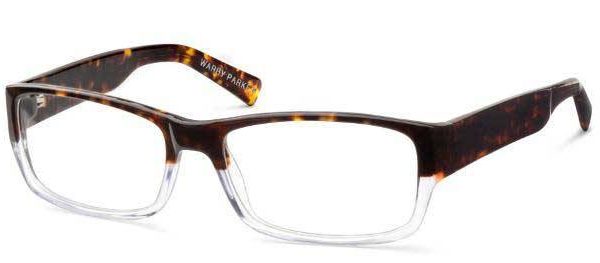
I myself don’t wear glasses, but my wife does. Her current health insurance covers eye exams, but not frames, so we decided to try a few ways of getting her a new pair.
The process began with a trip to the eye doctor. My wife got a new prescription, and made sure the doctor included her PD, or pupillary distance. That’s the distance between the pupils of her eyes, which whoever made the lenses would need so they would know where to center the lenses. Your eye doctor will usually just give you this number – if not, I’ve heard any Wal-Mart eyeglass counter will measure it for you for free. Then it was on to our frame adventure.
First, we visited Gogosha Optique, a boutique frame store that came highly recommended by a friend. The saleswoman asked my wife a few questions about what kind of frames she was interested in, sized up her face and went to work. After assembling a few trays of frames, the saleswoman had my wife try them on, indicating what she liked and didn’t like about each. This went surprisingly quickly. After about ten or fifteen minutes, a pair was settled upon. It looked great – much better than any pair my wife had had before. We asked the price. The total was more than $700 – $500 for the frames, and $225 for the lenses. We said we’d think about it.
Our next stop was some vintage frame stores. We visited Old Focals in Pasadena, since I’d met the proprietor at our launch party and he seemed like a nice guy. They had hundreds of frames, all priced around $80-100. My wife didn’t find the kind she was looking for (something in tortoiseshell), but she did surprise herself by finding an alternate pair in black. We bought them for $80.
At that point, we were still wondering whether to buy the $600 frames. They had indeed looked great, were of great quality, and the service at the boutique had been fantastic. But still: $700? Dang.
In the meantime, we took the vintage frames and a pair of sunglasses to an independent optical shop that Adam recommended to be fitted with prescription lenses. The place was a bit nutty, with an Armenian-American toddler running rampant, but the price was right. Two sets of lenses, $60. Compare that $30 price to the $200 that the boutique was going to charge us for lenses, and you get an idea of the margins in the optical industry.
We decided to take one more stab at a cheaper solution for everyday glasses, and we dialed up Warby Parker using Internet. These folks claimed to make boutique-quality glasses for $95, including frames, returns, and a free try-on service. The try-on service wasn’t available for the frames my wife wanted to try because of a surge in demand that the new company wasn’t expecting, but we decided to order two pairs of glasses anyway. With a full refund available if she didn’t like them, we figured, “why not?”
It was a great decision. The glasses arrived yesterday, and the quality is excellent. The frames and hinges are solid – not at all like, say, cheap sunglasses or drugstore reading glasses. In fact, they’re nicer than my go-to sunglasses, a pair of Persols which retail for several hundred bucks. Both pairs looked great, and she decided to keep them.
The end result? My wife has three pairs of glasses – a pair in black, a pair in tortoise and a colored pair. She’s also got some prescription sunglasses for driving. The total cost? About $350. Win.
